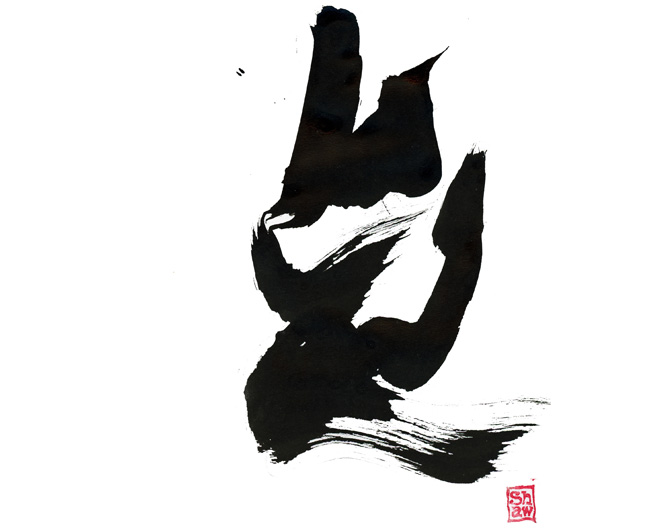The Press Kit


The Press Kit
This is a Press Kit Information Page that I passed out to a class I was teaching at U.C.L.A. a number of years ago. Though it is a bit dated in its approach, as the world has gone largely digital since that time, you may find it helpful to guide you in obtaining publicity for your film.
The Press Kit
U.C.L.A. - X 479.94 - The Art of Digital Filmmaking - Scott Shaw
It is essential that you devise an exacting Game Plan to market yourself as a filmmaker and to alert the world that you have a film or video project. To reach the media, you will need a Press Kit. A Press Kit makes it easier for an investor, distributor, newspaper, or television show to know about you and what your project is about. Additionally, it is an essential tool in providing a writer with a start-point in writing an article about you or your film or video project.
A Press Kit provides information about you and your project in a language media people understand. Even though you may find the format and tone of the material in the Press Kit to be overly commercial and self-congratulatory, it focuses the emphasis on your project and presents the facts so anyone who reads it can concentrate on getting the additional details they desire during a phone or in person conversation.
Devising a Press Kit
1) Cover Letter. This should be brief, usually no more than one page. The first paragraph is enticing and draws the reader in. The next paragraph tells the essential details about you, your film, or video project. The final paragraph of a Cover Letter is a good point to include possible story ideas or hype-lines for your project.
2) Press Release. Immediately cover the five W's of news writing in your Press Release, “Who, What, When, Where and Why.” Do this by beginning with an enticing one or two-sentence introduction followed by brief, to-the-point, background about you and your project. Be sure to include your contact information, including a Website where they can view your project or find out further details about you and your film or video.
3) Bio Sheet. This is your resume in prose format. Sometimes an editor or a T.V. News Magazine producer will decide to do a story about your film or video based on your personal history. So, it helps if you play up something about your life that is unusual or follows a trend.
4) Press Clipping and Magazine Articles. Journalists like to follow someone else’s lead. They may not cover a story unless somebody else has done it first. If you have copies of previous press clipping or interviews include them with your Press Kit.
Keep in mind, contrary to popular belief, it is not difficult to get press. Newspapers and magazine are always looking for new subjects to cover -- all you have to do is ask and keep asking until somebody decides to do an article on you.
5) Glossy Black-and-White Photo. Though a newspaper may send a photographer to take a picture to accompany a story about you or your film or video, some of the smaller papers don't have the budget or the time and they may print whatever you send them. A 5 x 7 or 8 x 10 of you involved in your production or a very depictive Production Still is a good form of initial presentation.
Put your Press Kit in a folder. So, your presentation will not be easily lost.
Remember, Press is free, you are doing the newspaper, magazine, or T.V. show a favor by giving them something to report on.